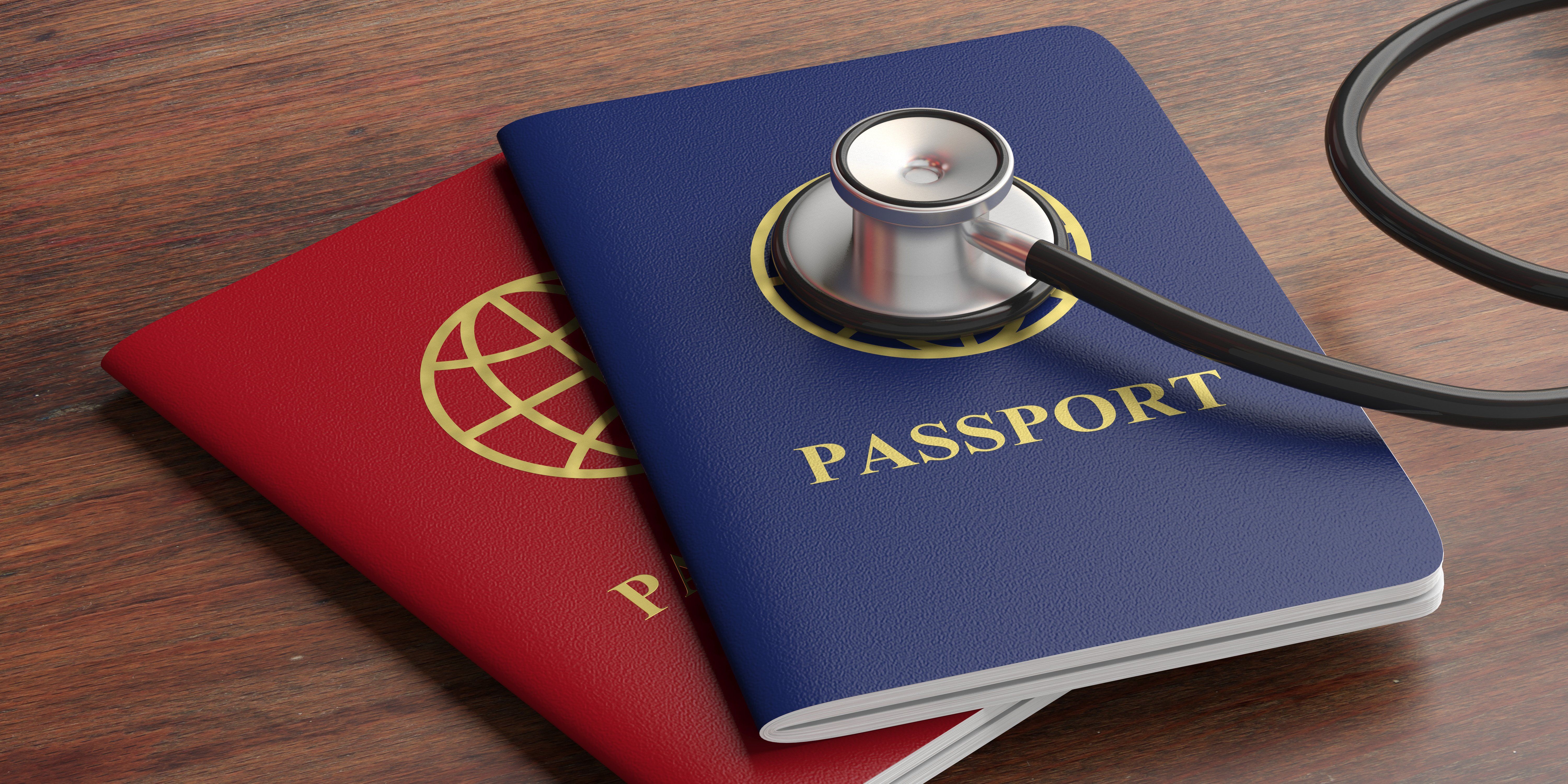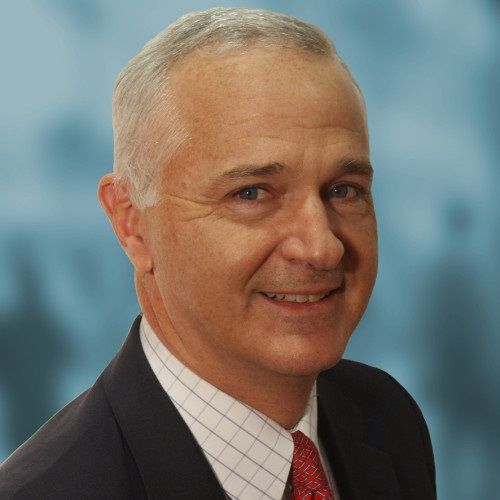Article
Medical missions and volunteering
Author(s):
What physicians need to know about these experiences abroad

Medical volunteering is one of the ways that physicians take care of patients outside the usual practice setting. Volunteering involves providing medical care to underserved communities or providing a type of medical care that wouldn’t be accessible to the given patient population otherwise. Many medical missions and volunteer projects take place in other countries outside the United States. The process can involve working with a medical team through an on-site hospital or clinic or it may consist of setting up a local makeshift clinic.
There are many types of medical services that doctors can provide in the volunteer setting. Preventative care, prescription treatments, and interventional procedures can all improve patient quality of life. In the medical missions setting, however, the availability of follow up care and long term therapy may affect decision making when it comes to determining the best treatment plans for patients.
The cost of these trips generally consists of airfare and modest lodging fees. Depending on the destination, doctors describe total trip costs ranging between $1000 to $4000. Several doctors explained that submitting receipts for travel costs might be counted as a donation for tax purposes.
Motivation
Doctors who go on medical missions trips describe a number of different reasons for wanting this type of experience. Stefania Lima-Ratcliff MD, a pediatrician in Chicago, Illinois, first started thinking about the idea when she was a medical student in Brazil. She was asked to translate between English and Portuguese when a team of American missionaries came to her medical school’s hospital.
“I was so amazed by the care and compassion that those people had for the impoverished patients that I wanted to do the same when I graduated,” she says.
Years later, when she was working as a practicing physician in the United States, she went back to Brazil to serve as a medical volunteer with a group from her church.
Marissa Mapa DO, a primary care physician in Columbus Ohio, was inspired by her physician parents who did medical missions to give back to their home country after they had immigrated to the United States. They served in a volunteer group in the Philippines along with their medical school classmates. “I joined and eventually my brother and sister joined,” says Mapa.
Range of patient care
Tina Sasaki, MD, a trauma surgeon in California, had always envisioned medical missions as part of her career.
She has traveled to four different countries on medical missions trips, including Mexico and Kenya. She says that at some locations where she went to serve, the visiting team was provided with a list of patients that needed surgery.
After a triage process, patients were scheduled for their procedures. At other locations, the surgical team had a full day of clinic scheduled before slotting patients for surgery. She describes a variety of surgical cases, ranging from thyroid surgery to hysterectomies.
And she says that a physician traveling for medical missions work has to be flexible. “Resources are limited and scarce and you have to make do with what's available,” Sasaki says.
Lima-Ratcliff says that she served as a generalist physician on her volunteer trip to Brazil, prescribing antibiotics, vitamins, providing would care, treating parasitic infections, and educating patients about hypertension and diabetes. She explains that patients knew that the medical missions team was coming, but that there was no specific scheduling. Patients were seen on a first come first serve basis and Lima-Ratliff says that the group she was traveling with saw 700 patients in one week.
Mapa, who provided primary care services such as sick visits and prescriptions for hypertension, urinary tract infections, and diabetes, says that local staff set up tables so that the volunteer team could see patients.
“There were long lines of patients with no schedule,” she says.
Ethical considerations
There are a number of issues that can arise on medical missions trips, however. Physicians who are donating their time might not have full information about how patients are selected to receive volunteer care and whether patients are being charged a fee by the facility. And doctors, who often bring supplies and medical therapies to leave behind at the volunteer site, do not have information about who will eventually benefit from the contributions.
Continuity of care can pose an ethical dilemma at times. Sasaki explains that at one of the locations where she served, there was a patient with a large goiter who needed a total thyroidectomy. “The cost of medication was something that needed to be factored in,” Sasaki says. She explains that the surgeon who performed the operation only did so after confirming that the patient had a full year's supply of thyroid replacement available.
But she explains that she has seen problems stemming from the inherent short-term nature of international volunteer care. She once had to take a patient back to the operating room for surgical management of severe bleeding when the surgeon who performed the procedure left the volunteer site within hours after the patient’s surgery.
“Swooping in and flying out is irresponsible, in my opinion-especially with surgical patients. These trips are supposed to be about helping people, not making yourself feel like a savior,” says Sasaki.
And physician safety can be another issue. Doctors who travel in unfamiliar territory can be targets. While she explains that she never felt unsafe in the Amazon Basin, Lima-Ratcliff advises traveling physicians to be careful and to monitor personal belongings, avoiding things like flashy jewelry or expensive items. “I warned my teammates to be careful when we were in the big city,” Lima-Ratliff says.
Overall, the doctors who shared their stories were pleased that they went on their mission trips. “My missions hold a special place in my heart,” says Mapa. And Lima-Ratcliff encourages doctors to try a medical missions trip at least once in a lifetime. “It was one of the most gratifying and rewarding experiences of my life. We always think that we go on missions to serve others, but the biggest gift comes actually to you,” Lima-Ratcliff says.





